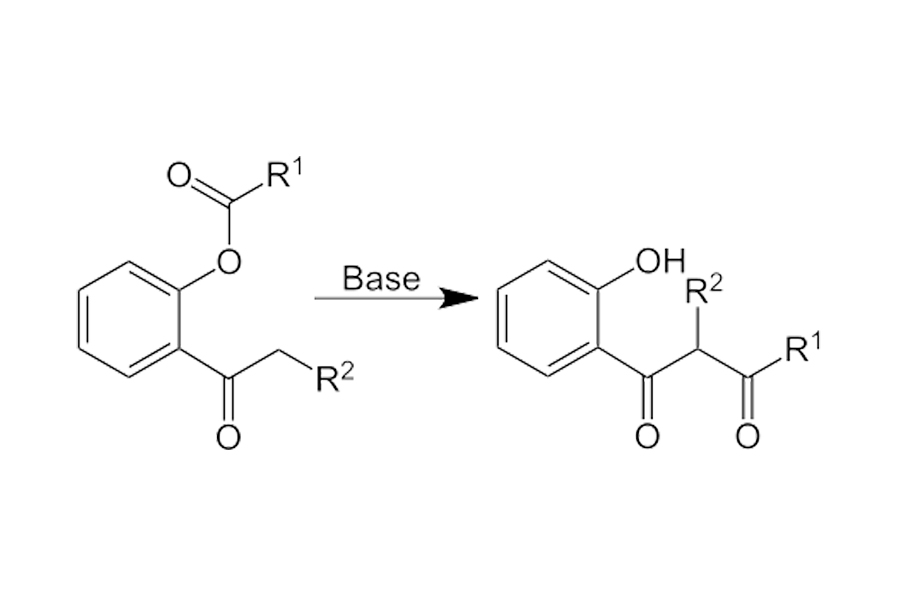
Kinetics Of Chemical Equation
We know that chemistry is a subject full of chemical compounds, reactions, molecules, and a wide variety of compounds. Chemical reactions are responsible for everything we see around us and the changes that occur in the environment. A chemical reaction occurs whenever a chemical change occurs in the environment. Even the human body has a lot of chemical interactions, as one can see. Chemical reactions come in a variety of forms in each discipline of chemistry. Organic and inorganic chemical reactions are not the same thing. The branch of chemistry that deals with the physical properties of matter is called physical chemistry. The main and vital topic of this branch is kinetic chemistry. In this article, we will focus on this vital concept.
Definition
The reacting species travel and collide to generate the products in all chemical reactions. Chemical kinetics also includes the study of reaction mechanisms, as well as the concentration, temperature, pressure, and catalyst conditions that influence reaction rates. Chemical kinetics is the branch of chemistry concerned with the study of reaction rates. The catalyst concentration, reactant concentration, and temperature are all parameters that affect the rate of reaction in this study. The rate of reaction is impossible to anticipate and must be determined experimentally. The mathematical depiction of the rate of reaction is given by rate law.
Rate of reaction
The rate of reaction—also known as the reaction rate, is the rate at which reactants become products. When it comes to chemical processes, it’s a given that the rate at which they happen varies greatly. Some chemical reactions occur almost instantly, while others take a long period to achieve their final equilibrium. The kind and nature of the reaction have a big impact on the reaction rate.
Classification of reactions on the point of reaction rate
Different chemical reactions happen at different rates on the basis of rates. The chemical reactions are widely divided into three categories-
- Very fast or instantaneous reactions
- Very slow reactions
- Moderate reactions
Order of a Reaction
The connection between the rate of a chemical reaction and the concentration of the species involved is referred to as the order of the reaction. The power dependence of rate on all reactant concentrations can be characterized as the order of the reaction. The pace of a first order reactions, for example, is exclusively determined by the concentration of one species in the reaction. The order of reaction can be expressed as an integer, zero, or a fraction. The stoichiometric coefficients relating to each component in the balanced reaction have no bearing on the reaction sequence. A chemical reaction’s reaction sequence is always determined by reactant concentrations rather than product concentrations.
Slow and Fast Reactions
The two types of reactions, slow and fast, can be described as follows –
- Slow reaction: These are exceedingly slow reflexes. It could take months for any noticeable change to appear at room temperature. For example, the formation of fossil fuels or decomposing of a body or garbage.
- Fast reactions: Often known as instantaneous reactions, they are chemical reactions that are finished as soon as the reactants are mixed. They’re made up of ionic chemicals. When silver nitrate and sodium chloride solutions are combined, AgCl precipitates are an example of a fast reaction.
Application of Chemical Kinetics
Chemical kinetics play an important role in the day to day life activities as well. Listed below are a few applications of chemical kinetics.
- Chemical kinetics is used to determine the time taken during the photosynthesis of a plant.
- The combustion taking place in the car engine also helps to determine the durability of the engine and other issues in the car.
- The speed and order of reactions help to determine the products that will be formed at the end of the reaction.
- Kinetics is mainly used by scientists to evaluate the optimal conditions and variables required to speed up the reaction time of specific reactions.
The study of chemical kinetics is helpful for the basic fundamental level itself. This is accomplished by establishing connections between the two layers and linking them to a real-world application. Chemical kinetics is an important and intriguing topic that students need not be afraid of because a professional chemistry teacher will be able to walk them through it properly.

